Telling stories with emotion
At the seminar "Positioning Vietnam - Communication to promote national image in the new era" recently held in Hanoi , experts emphasized the importance and urgency of a modern, multi-platform and long-term vision national communication strategy.
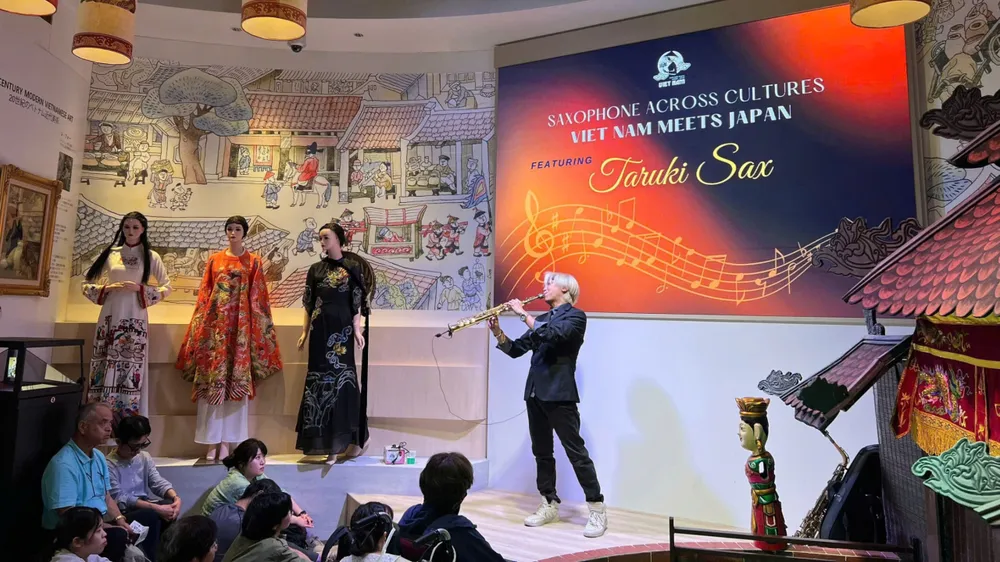
Mr. Pham Anh Tuan, Director of the Department of Grassroots Information and External Information (Ministry of Culture, Sports and Tourism), frankly admitted: “Vietnam’s image in the international arena is still not commensurate with the achievements the country has made. Therefore, a systematic, long-term strategy is needed to affirm Vietnam’s worthy position on the world map.”
According to the draft Strategy for promoting the national image abroad that is being finalized, by 2030, Vietnam aims to be in the top 40 countries with a high level of positive presence in global media, while attracting 35 million international visitors and the cultural industry contributing 7%-8% of GDP. The strategy also requires 100% of provinces and cities to implement communication abroad in a unified direction.
However, building a strategy does not stop at setting targets, but more importantly, it is necessary to clearly define the message and the storyteller. Former Vietnamese Ambassador to Australia and Denmark, Mr. Luong Thanh Nghi, emphasized: “Doing national media must have a consistent and continuous message for at least 5-10 years. There needs to be a “general director”, a leader and responsible for leading the national image. In addition, it is advisable to use KOLs (famous people on the internet) and foreign influencers because native speakers telling Vietnamese stories will be more trusted and spread than we ourselves.”
Meanwhile, Dr. Do Anh Duc (Hanoi National University) said: “Any strategy without the consensus of the people will fail. They are the closest and most genuine storytellers from the ao dai, family meals to simple lifestyle. Each small story creates a big and emotional picture. That is how we make the world listen.”
Positioning Vietnam through culture
Among the factors that create the national image, culture is considered soft power, a sustainable and unique advantage of Vietnam. Associate Professor, Dr. Bui Hoai Son commented: "Vietnam has great potential for cultural soft power. But without a long-term strategy, a strong enough financial mechanism and the synchronous participation of social components, it will be very difficult to make an impression."
He cited lessons from successful models: China has the Confucius Institute, South Korea with the Hallyu wave, Japan with the “Cool Japan” strategy… All put culture at the center of national development and invested systematically from content, communication to education . National image is not just a matter of communication, but the way we live, develop and inspire…
From an international perspective, Mr. Choi Seung Jin, Director of the Korean Cultural Center in Vietnam, suggested: “Vietnam should tell stories with strong identity using modern methods, through the content industry. Media is not for immediate results, but to create long-term value.” In the digital age, multimedia platforms will be an effective tool to connect the world with the image of innovative and creative Vietnam.
One of the sectors that directly benefits from the national brand is the tourism industry. Mr. Vu Quoc Tri, General Secretary of the Vietnam Tourism Association, said that the national brand is the core foundation for promoting tourism. If the image of Vietnam is attractive, emotional and convincing enough, it will attract international tourists. “Every citizen, every tourist is a national brand ambassador. They experience, are satisfied and tell stories…, that is the most practical and effective communication. Tourism can quantify this through the number of visitors growing each year, while digital platforms cannot,” Mr. Vu Quoc Tri added.
Vietnam is facing a great opportunity to strongly develop itself in international integration. To do that, it needs a smart communication strategy that is both modern and humane; taking advantage of technology, but still maintaining its identity. And most importantly, it is necessary to arouse the desire to tell Vietnamese stories from the Vietnamese people themselves, so that each citizen is an ambassador, each story is a mission to spread the image of Vietnam to the world.
Source: https://www.sggp.org.vn/tu-tin-dua-hinh-anh-viet-nam-ra-the-gioi-post804800.html


![[Photo] Chu Noodles - the essence of rice and sunshine](https://vphoto.vietnam.vn/thumb/1200x675/vietnam/resource/IMAGE/2025/11/11/1762846220477_ndo_tl_7-jpg.webp)




![[Photo] Prime Minister Pham Minh Chinh receives Lao Minister of Labor and Welfare Phosay Sayasone](https://vphoto.vietnam.vn/thumb/1200x675/vietnam/resource/IMAGE/2025/11/11/1762872028311_dsc-2246-jpg.webp)
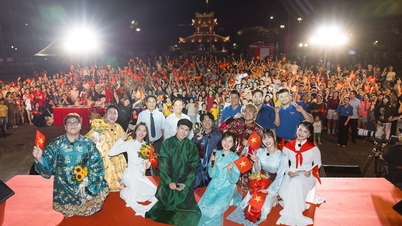

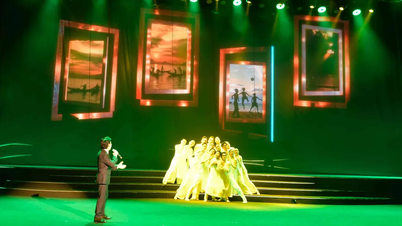
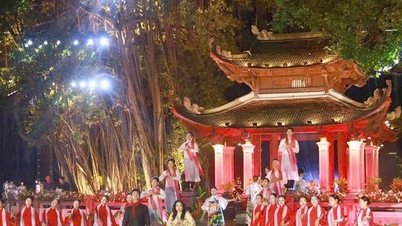

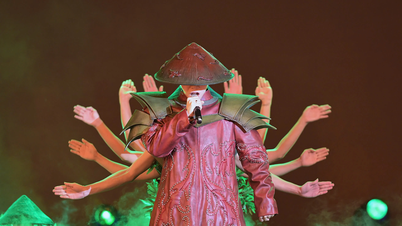

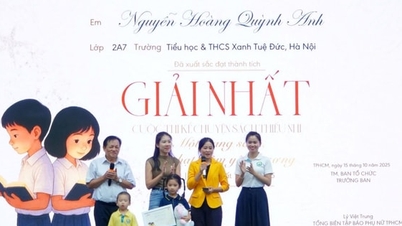
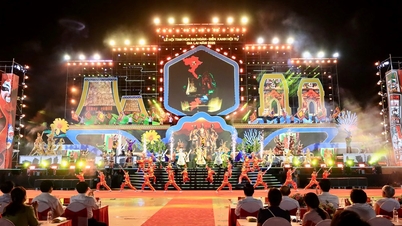

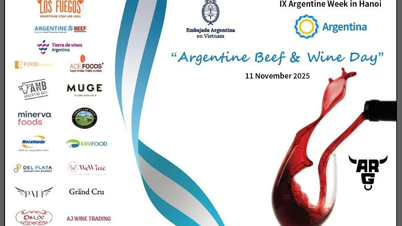









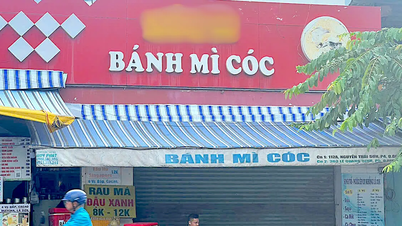
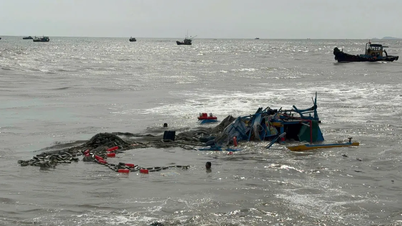
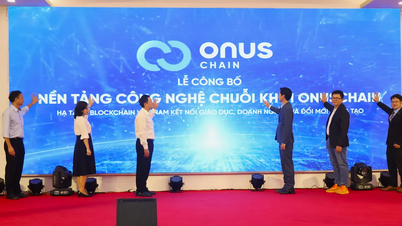
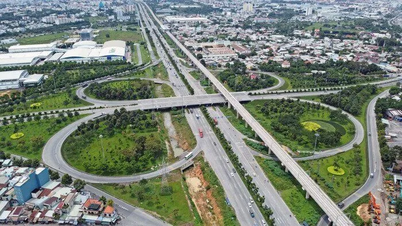





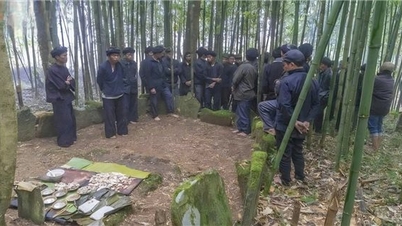


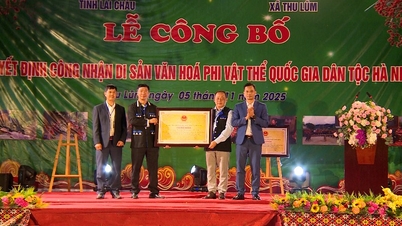



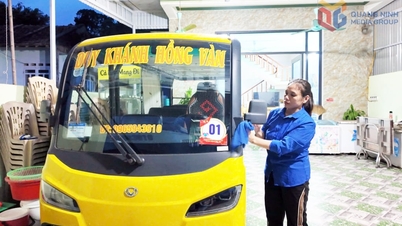



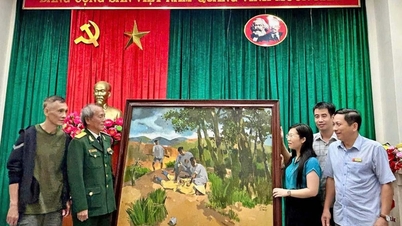

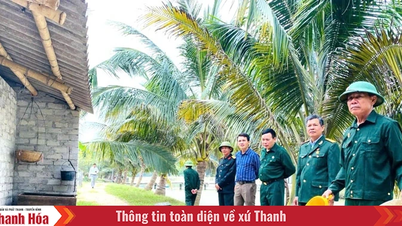









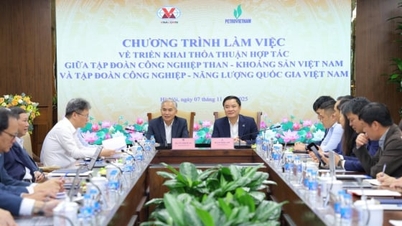























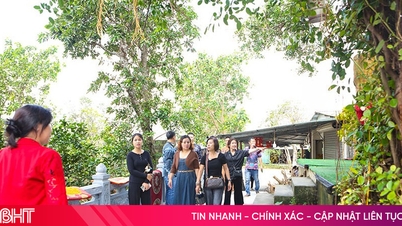



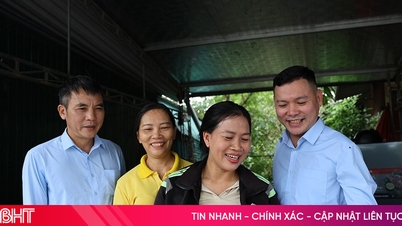


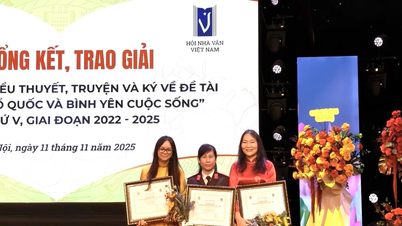

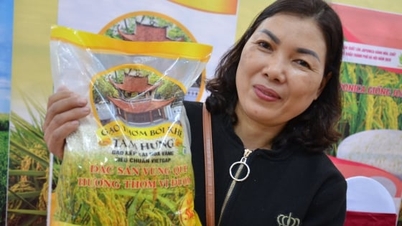
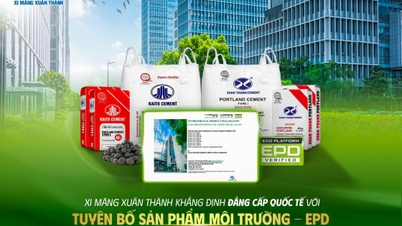
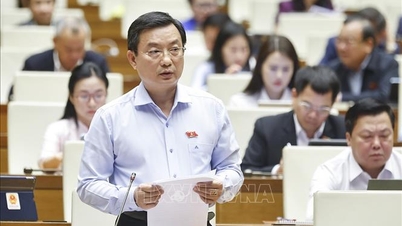

![Dong Nai OCOP transition: [Article 3] Linking tourism with OCOP product consumption](https://vphoto.vietnam.vn/thumb/402x226/vietnam/resource/IMAGE/2025/11/10/1762739199309_1324-2740-7_n-162543_981.jpeg)




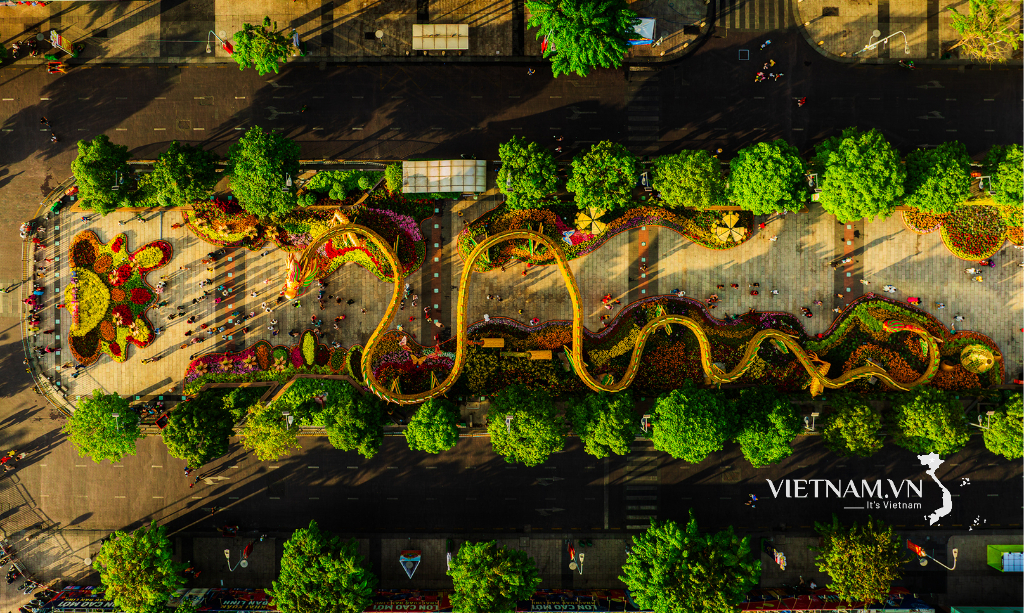


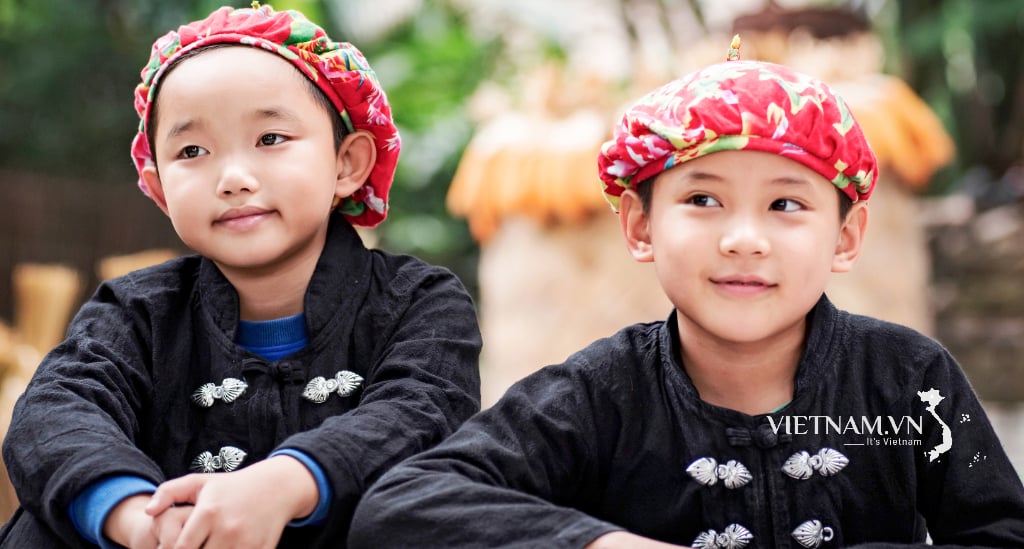
Comment (0)